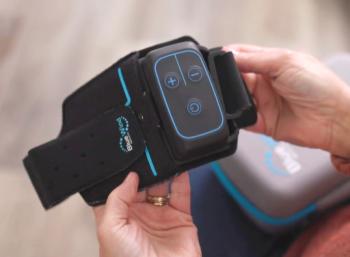
More inbox messages don’t necessarily lead to more burnout in primary care
Veterans Health Administration study finds decrease in burnout as some notifications increased.
The number of inbox messages did not necessarily lead to more feelings of
A new study examined whether inbox notifications corresponded to physician and clinician burnout among 6,459 primary care providers (PCPs) at 138 facilities of the Veterans Health Administration (VHA).
The result: “Changes in notification volumes alone did not predict PCP burnout,” according to the research. But future analysis on physician burnout might address
It’s clear physicians spend a lot of the workday – one to two hours or more – managing EHR inbox notifications. “EHR tasks can be time intensive and inefficient and can compete with direct patient care; they may also spill into personal time and could contribute to burnout,” the study said.
Past research has found half of primary care physicians, and up to one-third of nurse practitioners and physician assistants, have feelings of burnout due to physical, mental, and emotional responses to stressors at work.
It's less clear if the two are linked, said the study,
VHA efforts
“In 2017, the VHA launched a nationwide initiative to address unmanageable notification volumes by optimizing notifications received by PCPs,” the study said.
That 2017 effort to optimize the inbox notifications did not necessarily lead to fewer notifications, and almost 20% of facilities saw increases in notification numbers afterward. Some facilities, but not all, had large shifts in daily notification volumes, so facilities were categorized into five groups with large (more than 30%) or small (7% to 30%) decreases or increases, or no change.
The researchers examined results of VHA’s annual workforce survey in 2016 and 2018, including respondents’ genders, ages, and tenure, because studies have found greater levels of burnout in younger, female, and shorter-tenured clinicians. From 2016 to 2018, burnout decreased for all VHA facilities, including those that had a large increase in inbox notifications after the 2017 initiative, the study said.
The researchers noted the study did not differentiate among notification types to providers, and “notification volume along may be a poor measure of the actual effort required for inbox management.”
While the connection between inbox volume and burnout was not clear, health systems can mitigate EHR burdens through EHR systems design. “Collaboration between health system leaders and PCPs on EHR design, with a focus on staff well-being, is essential,” the study said.
Newsletter
Stay informed and empowered with Medical Economics enewsletter, delivering expert insights, financial strategies, practice management tips and technology trends — tailored for today’s physicians.














